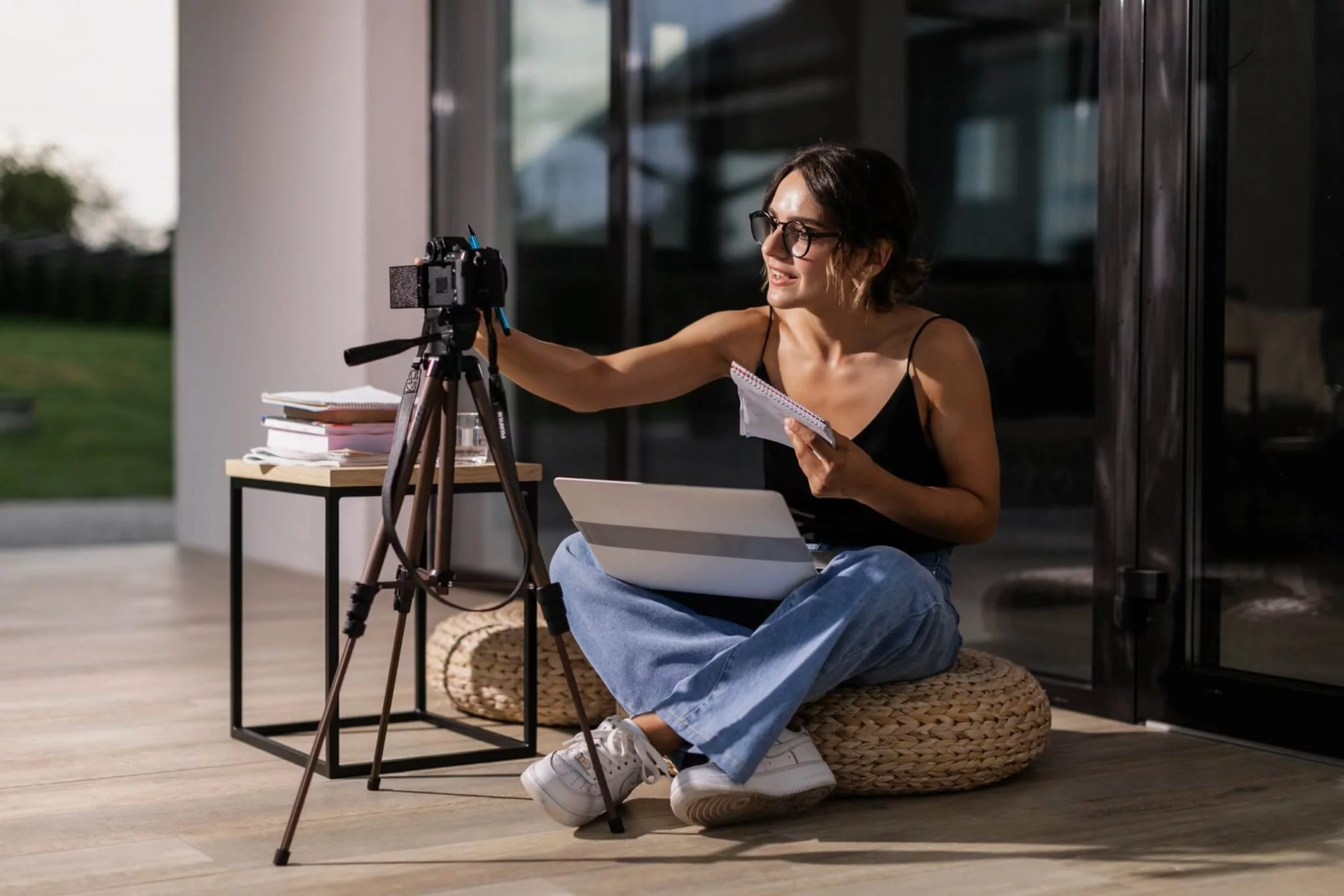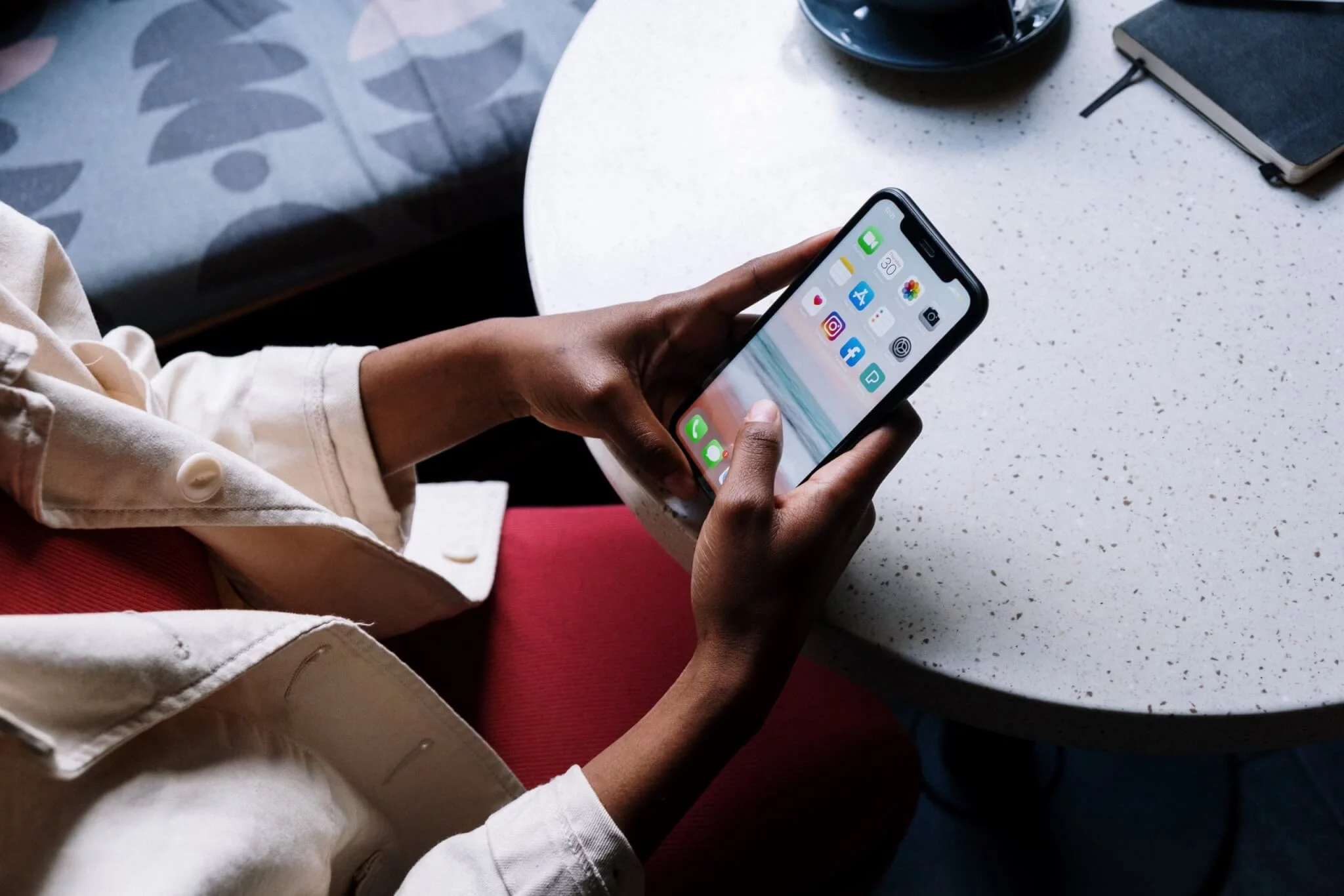
Look around you… And it won’t be hard to come across at least one person currently swiping through their social media feed.
Harnessing Social Media for Educational Benefits
Summarize with
Table of contents
- Harnessing Social Media for Educational Benefits
- Social media and education events
- 1. Intuitive and immersive videos to clear tricky concepts
- 2. Online tutorials by teachers offer extra support
- 3. Easy sharing of information
- 4. Enhances the credibility of the educational institution
- 5. Cost-effective means of communication
- 6. Hosting live discussions
- 7. Working on a class blog for an interactive discussion
- Conclusion
- FAQ
The number of users on various social media networking sites has increased incessantly. Especially with the growing reliance on smartphones today.
Whether you want to book a hotel room or need a quick recipe guide for an authentic Greek dish, social media always serves you! The versatile nature of social media can also contribute to uplifting and revolutionizing the educational system. On condition, we learn how to draw the most advantage from it.
Social media and education events
Here are some of the few ways in which the role of social media in education has proven to be so efficient:
1. Intuitive and immersive videos to clear tricky concepts
Consider all the YouTube videos that captivate your child at home. You’ll notice that the array of interactive and animated educational videos on YouTube has made learning much more enjoyable than it used to be.
Several studies have shown the visual mode’s beneficial impact in making students grasp tough concepts rather easily. In addition, the various online video tutorials available on YouTube make all the critical concepts clear to students. This applies not only to school students but those going to college also!
2. Online tutorials by teachers offer extra support
Almost every school and university located all across the globe have experienced the perks of online teaching during the prolonged pandemic period. It has greatly benefitted educational institutions by opening up a new and useful world. Teachers can now easily conduct online tutorial classes or extra classes for students over vacations or weekends to clear the backlogs.
Online classes conducted via social networks like Skype or others have also enabled teachers to conduct classes at a suitable time to clear the doubts of students. It no longer matters whether the student or the teacher cannot come to the university or the school for these doubt-clearing sessions. They are good to go if both parties have a reliable internet connection and a mobile phone to join the online class!
3. Easy sharing of information
WhatsApp groups or email groups of students have become a common affair in several reputed educational institutions these days. These groups allow the teacher or professor to easily share all the required information regarding the courses the students are studying at the moment.
Sometimes, it takes work to find all the textbooks you need. If someone sees a digital copy of what’s required, social media makes it easy to share with the class. This also works great for sharing study materials, projects, or other helpful stuff for class.
Read also: Social Media Marketing: Pros and Cons
4. Enhances the credibility of the educational institution
Several educational institutions located all across the globe have started to interconnect with their students and faculty members through social media. Social media networking sites like Facebook, Twitter, or YouTube are generally chosen as useful channels by various reputed educational institutes.
These channels are thereby used by the schools and colleges to easily share all the required school news, and educational information, make declarations, etc. It helps create greater involvement between the given educational institution and the students. Often several student-related issues and problems can also be sorted easily through these channels.
5. Cost-effective means of communication

Using social media as a vital means of communication renders educational institutions highly cost-effective solutions. It is a powerful and free medium of communication that can be used by schools and colleges today. However, the vitality of using social media does not just stop at using it as a means of communication.
Many educational institutions frequently use social media as a critical platform to promote upcoming offerings. For instance, they often post posters that provide all the details about new courses or events for viewers to explore. This strategy has significantly enhanced the outreach of educational institutions through social media.
6. Hosting live discussions
Teachers can also use social media platforms like YouTube or Facebook to host (private) live discussion sessions with students. Streaming these live lectures, wherein the students can also post their questions in the chat box, will help enrich the overall learning experience for students.
Especially during the long summer or winter vacations, after which your students return to school with their half-done assignments, you can host live sessions. Creating a Facebook group with your students can be helpful. Wherein you can post all the assignment questions along with the deadline. However, make sure to maintain your professional tone, even while using social media for educational purposes. For instance, you send your students the Facebook group joining link via email rather than anything else.
Keep reading to discover the five best webinar platform options you can use: deliver amazing talks in a world of webinar platform tools, podcasts, and YouTube videos.
7. Working on a class blog for an interactive discussion
There are many different and versatile social networking sites for creating digital content, like WordPress, Blogger, Tumblr, and Squarespace. Using these blogging websites to let your students create blog posts can be a unique way to approach the field of education.
As a teacher, you can create a specific class blog and then ask your students to create their accounts. Following this, your students can take part in discussion posts or add comments. Allowing your students to work in this manner will provide them with a greater scope for interaction. It will also help you as a teacher to post the course syllabus, assignments, or any other update in one location, such that every student can easily access it.
Conclusion
Social media can offer you several intuitive and useful tools to elevate the overall learning experience of your students. However, you can check out the importance of the techniques we have listed above. Don’t be afraid to do some experiments of your own too.
Even though technology has its challenges, it also gives us many great benefits that make our lives easier and more creative. Now is the perfect moment to start using these benefits in your learning and communication through social media in education.
FAQ
Social media platforms allow teachers and students to use intuitive and immersive videos that explain difficult topics in a visually engaging way so that students grasp concepts more easily.
Social media enables teachers to conduct online tutorials or extra classes at flexible times, such as weekends or vacations, which helps students clear backlogs or doubts when they cannot attend traditional in-school sessions.
Using social-media groups like WhatsApp or email groups allows teachers to easily distribute study materials, project files and announcements to students, simplifying access and saving time for both teachers and learners.
Educational institutions use social-media channels such as Facebook, Twitter or YouTube to connect with students and faculty, publish news and declarations, and thereby increase engagement and trust in their brand and outreach scope.
Social media provides a mostly free medium for schools and colleges to communicate, promote upcoming courses and events and share materials widely, which lowers costs compared to traditional communication methods.

Aniya More is one of the brightest content writers at Breakout Escape Room. She’s a passionate writer who enjoys reading books and exploring escape rooms. With a strong work ethic, Aniya spends most of her time researching and reading. When she’s not working, she likes to unwind with coffee, watch her favorite TV show, or take her dog, Peanut, for a walk.











